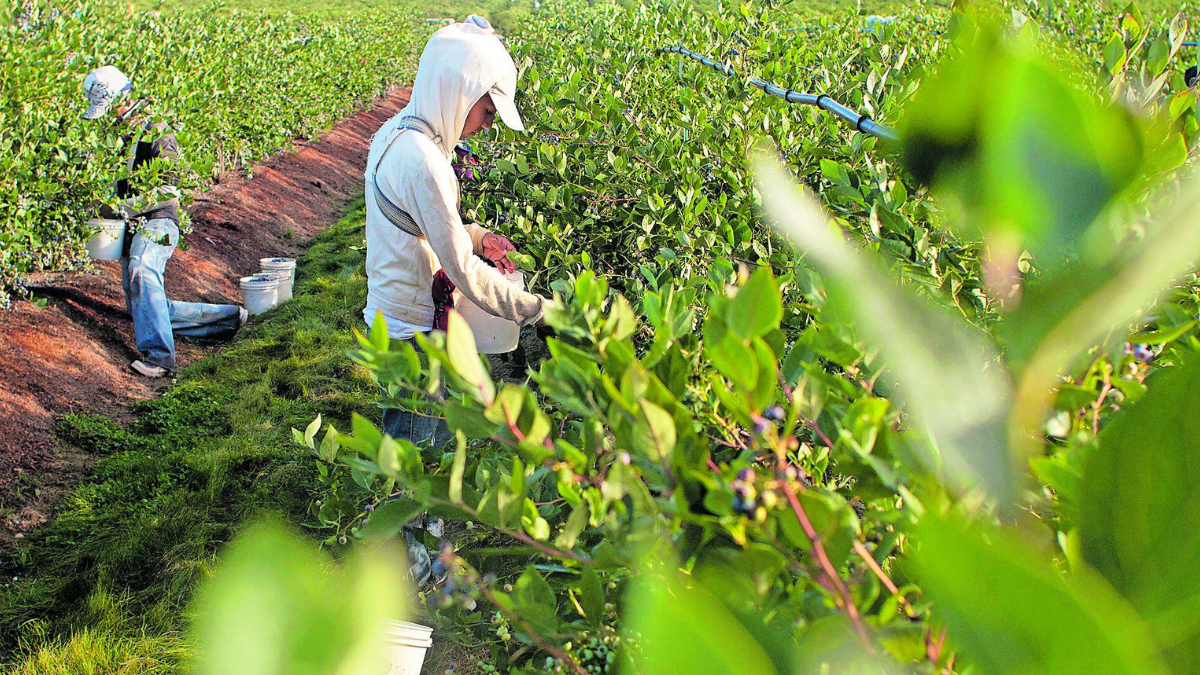Oregon’s agricultural industry is facing a significant challenge as new farmworker housing regulations threaten to disrupt the stability of its workforce. The state’s farmers are expressing concerns that the recently imposed rules will not only increase operational costs but could also lead to workforce shortages, making it more difficult to maintain the agricultural production that the state heavily relies on.
New Farmworker Housing Regulations in Oregon
Oregon’s new farmworker housing rules, introduced by state agencies, require farmers to meet stringent standards regarding the conditions and quality of housing provided to seasonal workers. These regulations mandate improvements in sanitation, safety measures, and access to amenities, aimed at ensuring a higher standard of living for farmworkers. While the intention behind these measures is to improve living conditions, Oregon farmers argue that the regulations are too costly and burdensome, particularly for smaller farms.
Under the new rules, farmers must invest in significant infrastructure changes, including the installation of improved plumbing, ventilation systems, and additional services such as access to reliable transportation. This added financial burden comes at a time when many farms are already struggling due to rising labor costs and other financial challenges.
Concerns About Workforce Shortages
Oregon farmers are concerned that these new housing requirements could lead to a reduction in available housing for seasonal workers, particularly in rural areas. Many farmworkers rely on on-site housing as a critical part of their employment arrangements, especially during peak harvest seasons when the demand for labor is highest. With new rules increasing the complexity and cost of providing such housing, farmers fear they may be unable to house the number of workers they need, leading to a shortage of labor at critical times.
Moreover, as the regulations demand better housing conditions, some farmers worry that the increased expenses could lead to fewer workers being hired, as farms may struggle to afford the rising costs. These concerns are amplified by the fact that Oregon has seen increasing competition for farm labor from neighboring states, where farmworker housing regulations may be less stringent or more affordable.
The Economic Impact on Oregon’s Agriculture Industry
Oregon’s agricultural economy is a vital part of the state’s overall economic performance, with crops like berries, vegetables, and tree fruits heavily relying on seasonal farm labor. The new housing regulations could lead to reduced productivity as farmers may not be able to secure enough workers to manage the demanding harvest periods. This could, in turn, result in reduced crop yields and even crop losses, negatively impacting the state’s economy and food supply.
Furthermore, Oregon farmers argue that the regulations are disproportionately affecting small and mid-sized farms, which are unable to absorb the costs of compliance with the new rules. Larger farms, with more financial resources, may be able to make the necessary investments in housing upgrades, but small-scale farmers are expressing concern that they could be priced out of business.
Potential Solutions and Industry Advocacy
In response to the new regulations, Oregon’s farm industry groups have been lobbying for revisions or more flexible implementation of the housing rules. These groups argue that while they support improvements to living conditions for farmworkers, the regulations need to be more mindful of the unique challenges faced by Oregon’s agricultural sector.
There are calls for state agencies to provide financial assistance or grants to help farms meet the new housing standards. Some advocates also suggest creating tiered regulations that allow for different standards depending on the size and capacity of the farm. This approach would ensure that smaller farms are not unfairly burdened while still improving conditions for farmworkers across the state.
Conclusion
The new farmworker housing regulations in Oregon have raised concerns among farmers who worry about the potential impact on their workforce and, by extension, the state’s agricultural economy. While the intentions behind the rules are aimed at improving conditions for farmworkers, the reality is that they could lead to a labor shortage if farmers are unable to comply with the new housing standards. As the debate continues, both farmers and policymakers will need to collaborate to find solutions that balance the needs of farmworkers with the economic viability of Oregon’s farming industry.
For more detailed coverage on Oregon’s agricultural policies, visit Oregon Agriculture & Food.
Disclaimer – Our team has carefully fact-checked this article to make sure it’s accurate and free from any misinformation. We’re dedicated to keeping our content honest and reliable for our readers.








